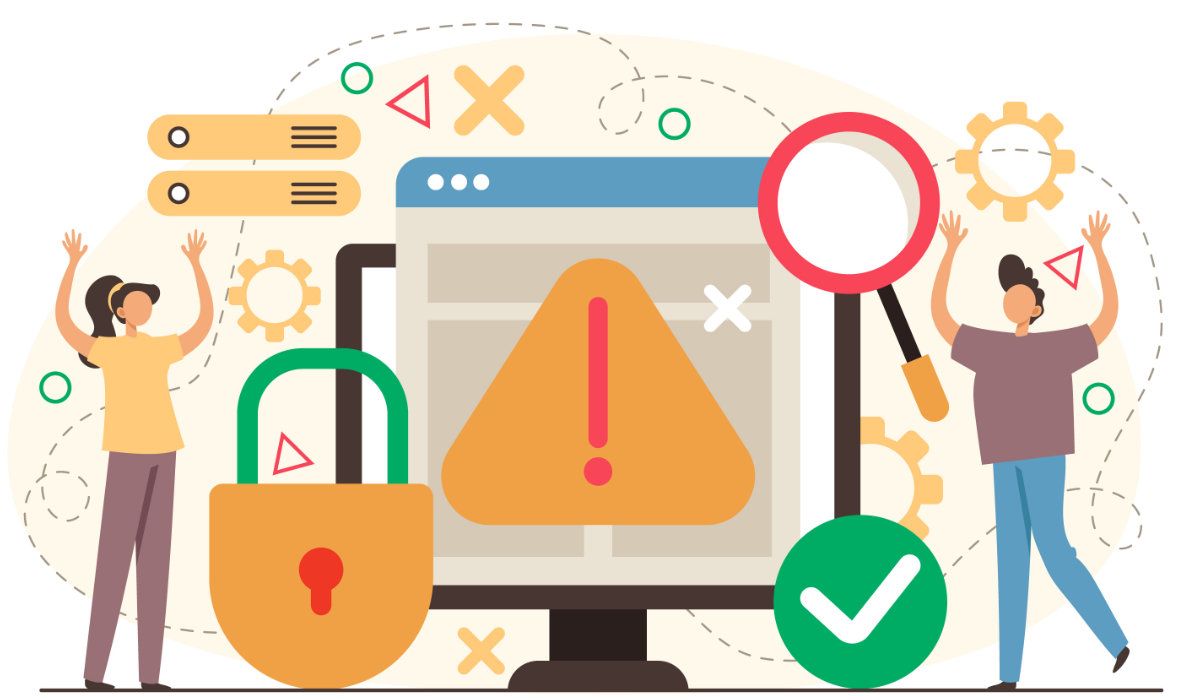Security Assessment & Vulnerability Scanning
Security assessments and vulnerability scanning identify weaknesses, prioritize risks, and fortify defenses, preempting cyber threats and enhancing overall security posture effectively.

Safeshield conducts comprehensive assessments, identifies weaknesses, and provides tailored solutions to fortify defenses, preempt threats, and ensure ongoing security resilience for your organization.
Vulnerability scans can help organizations identify vulnerabilities in their systems and applications that could be exploited by attackers.
Identify Vulnerabilities
Prioritize Remediation Efforts
By identifying vulnerabilities, organizations can prioritize their remediation efforts and allocate resources more effectively.
By identifying and mitigating vulnerabilities, organizations can reduce the risk of exploitation by attackers, helping to prevent incidents such as data breaches or system compromises.
Reduce the Risk of Exploitation
Compliance with Regulations
Vulnerability scans can help organizations comply with various regulations and standards, such as PCI DSS, which require regular vulnerability assessments.
By identifying and mitigating vulnerabilities in advance, organizations can reduce the costs associated with incidents such as data breaches or system downtime.
Cost Savings
Enhanced Stakeholder Confidence
Conducting vulnerability scans demonstrates an organization's commitment to managing security risks, which can enhance the confidence of stakeholders such as investors, partners, and customers.
Vulnerability scans can help organizations identify missing patches and other security updates, allowing them to improve their patch management processes.
Improved Patch Management
Continuous improvement
Vulnerability scans are an ongoing process, which means that organizations can continuously improve their security posture over time by identifying and mitigating new vulnerabilities as they arise.

